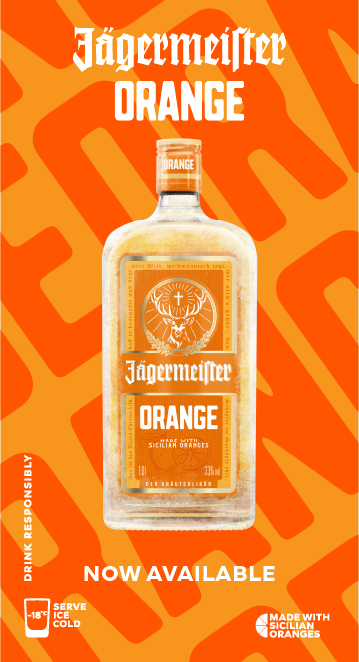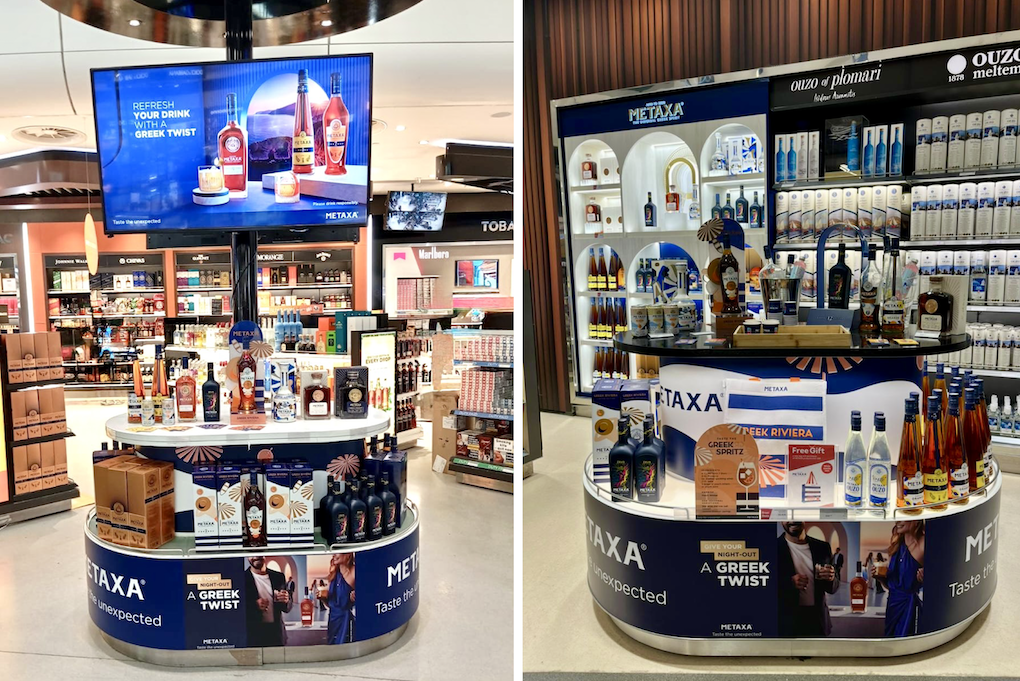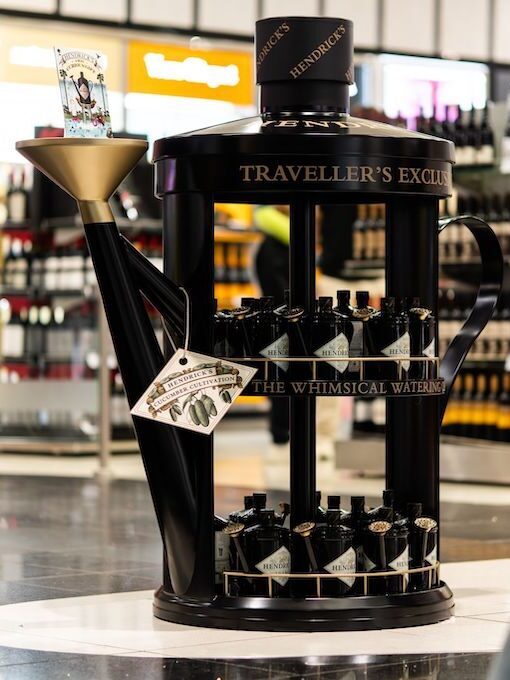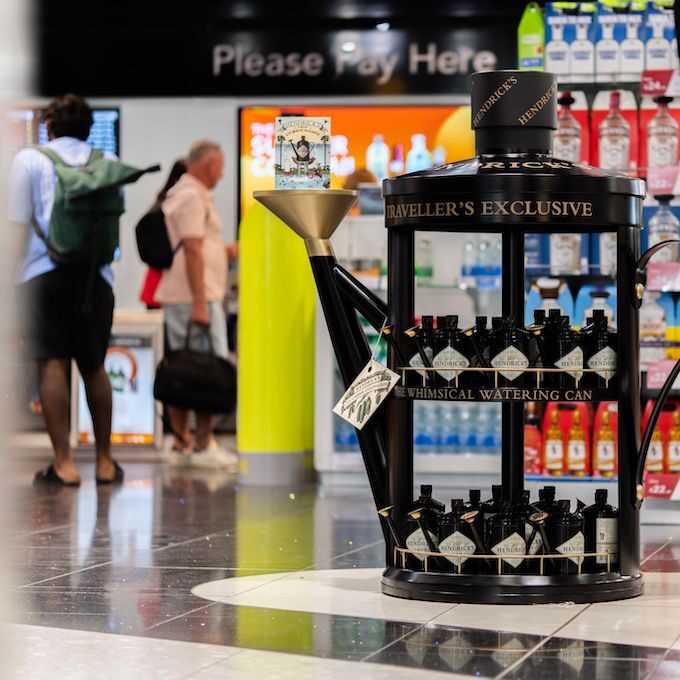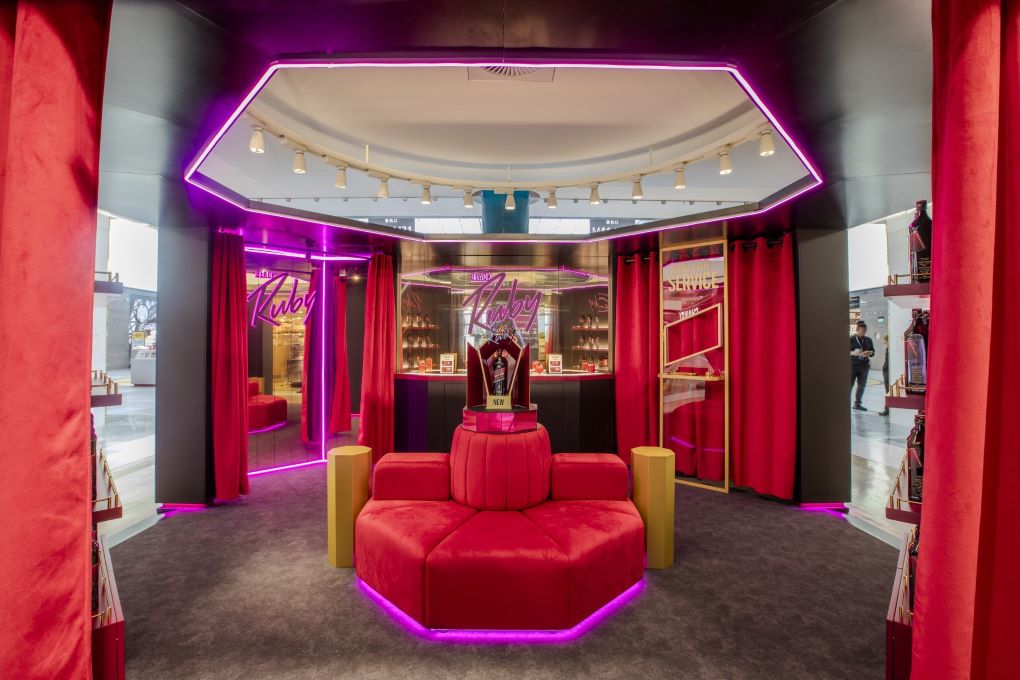Australian winemaker Penfolds has unveiled a new collection underpinned by an ambition to create great wines unrestricted by vine, border or continent.
The result, dubbed Penfolds California Collection, comprises two pure California wines and two that blend Californian and South Australian grapes.
“The wines made in California pay respect to California terroir, yet one thing remains overtly consistent: the red Penfolds stamp” – Penfolds Chief Winemaker Peter Gago
The flagship of the range is the 2018 Quantum Bin 98 Cabernet Sauvignon (suggested retail price US$700), which like the 2018 Bin 149 Cabernet Sauvignon (US$149) has been dubbed a ‘Wine of the World’. Made from predominantly Napa Valley Cabernet Sauvignon parcels, each Wine of the World contains a significant high-quality South Australian component – Shiraz for Quantum and Cabernet Sauvignon for Bin 149.
Penfolds California Collection also includes a pure California varetal, 2018 Bin 704 Cabernet Sauvignon (US$70), and the all-California 2018 Bin 600 Cabernet Shiraz (US$50) blend. The latter blends two varietals from different viticultural areas of California, the Napa Valley (Cabernet) and Camatta Hills vineyard, Paso Robles (Shiraz).
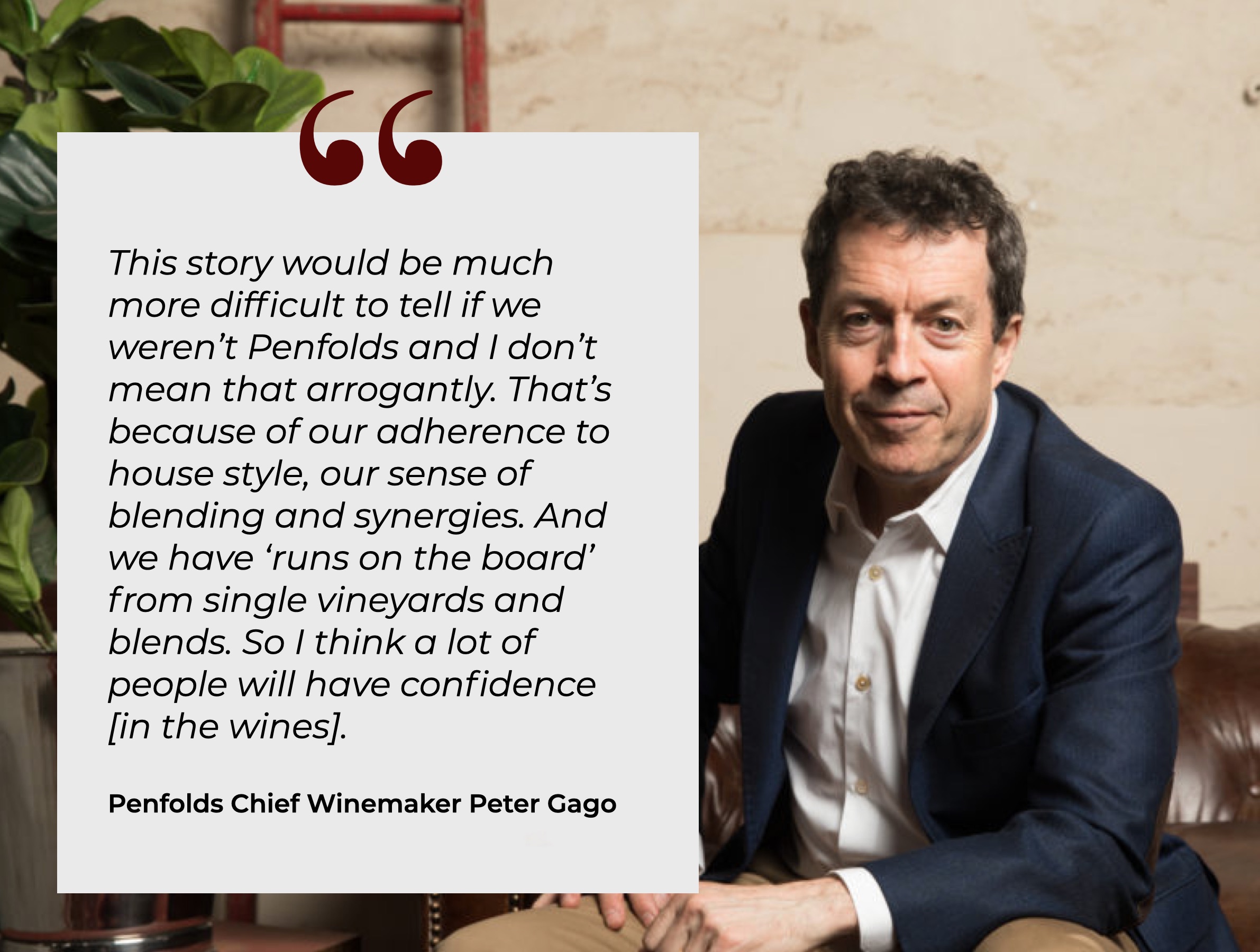
[Click on the Podcast icon to hear Peter Gago respond to any criticism of the decision to blend a wine from multi-country sources]
Bin 149 is so-named because it contains 14.9% of high-grade Australian Cabernet Sauvignon. “This is at the highest level of what we can find: A1 grade California Cabernet blended with A1 grade South Australian Cabernet,” said Penfolds Chief Winemaker Peter Gago, during an online tasting and press conference attended by leading Asian wine writers and The Moodie Davitt Report from the travel retail media. “This is new and quite provocative. It will be controversial.
“But no more controversial than when we created the first Grange [Penfolds and Australia’s most famous wine] here at Magill in 1951. No more controversial than when I launched Penfolds Ampoule [a 2004 Kalimna Block 42 Cabernet Sauvignon presented as a unique objet d’art featuring a sientific-grade ampoule encased within a glass sculpture bottle presented in a bespoke Jarrah cabinet -Ed]. No more controversial than g3 or g4 where we blended three or four vintages of Grange and matured them together. Penfolds has always had that innovative sort of way – we’re very traditional, but we are always looking forward.”
“Everyone, put your seat belts on now – we’re going into uncharted waters,” said Gago as he introduced Quantum, a big powerful wine, bursting with dark berries and cinnamon on the nose, viscous, plush and with a finish as long as the Barossa and Napa Valleys combined on the palate. “This blend assembles parcels of prized Cabernet Sauvignon from some of the Napa Valley’s best vineyards and pedigreed Shiraz from South Australia. This is a first for Penfolds,” he said.
“This has 13.7% A1 grade Shiraz in it [from the Barossa]. Shiraz that was knocking on the door of Grange. Obviously it didn’t go into Grange as it is in Quantum but it is Grange-quality material. The collectors will snap Quantum up overnight. I hope that [regular] wine drinkers get to it first,” Gago added.
Asked by The Moodie Davitt Report for his response to any criticism of blending wines from different countries, Gago replied (see Podcast above): “The proof is in the pudding, or in this case the glass. This story would be much more difficult to tell if we weren’t Penfolds and I don’t mean that arrogantly. That’s because of our adherence to house style, the sense of blending and synergies. And we have ‘runs on the board’ from single vineyards and ends. So I think a lot of people will have confidence.
“I am as much a label drinker as anyone. I get so influenced by label or provenance or whatever. Proudly at Penfolds we prop single vineyard and sometimes single block wines. We revere them… but we do three things – single vineyard, single viticultural area, and then multi-regional blends. Probably now [with this release], we do four things, with multi-country.”
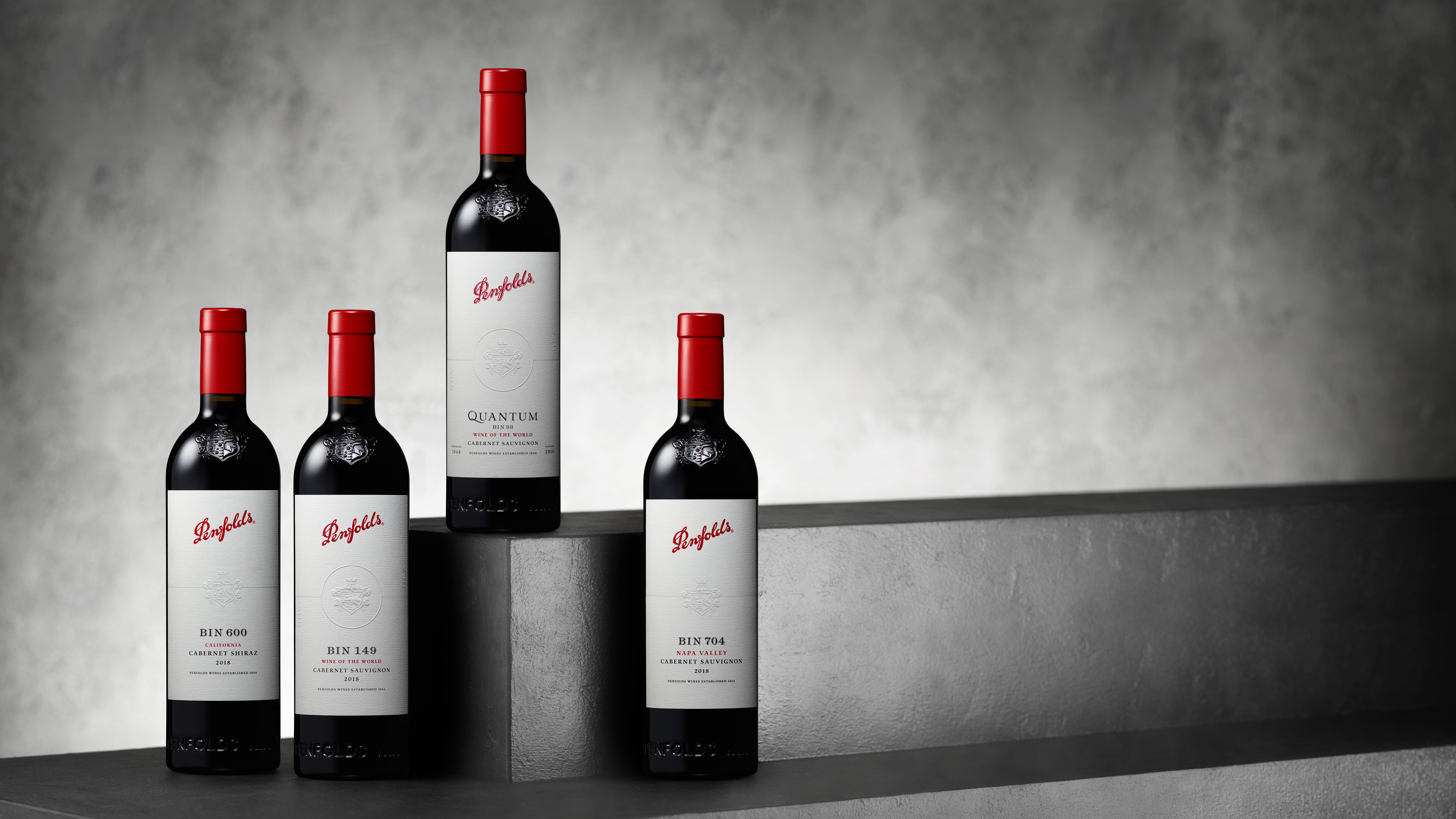
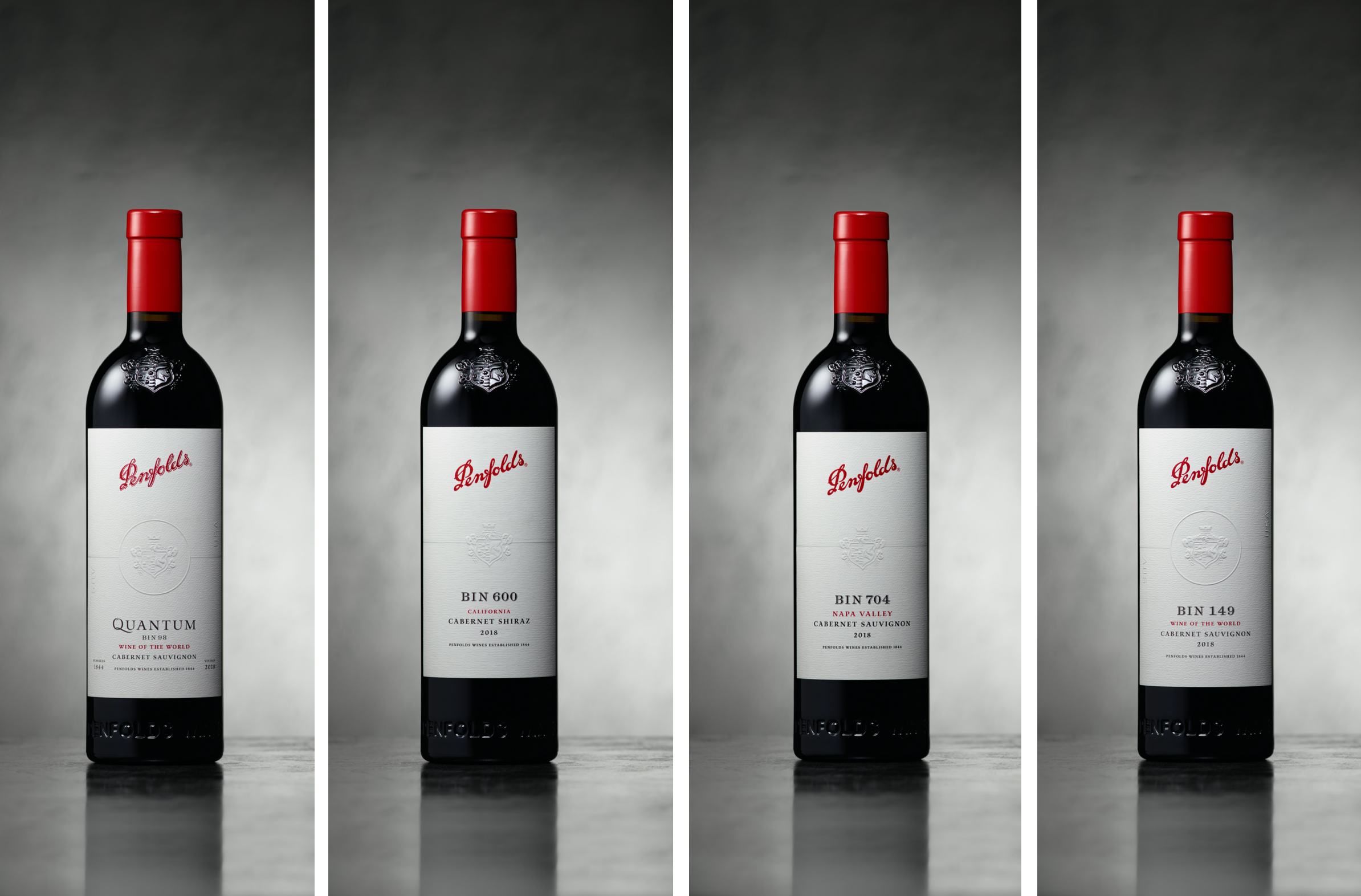
Penfolds California Collection is now available on www.penfolds.com and, for consumers in Singapore and travellers through Changi Airport, on the KrisShop and iShopChangi platforms. Heinemann is also offering the range at Sydney Airport. In-store activations will run from April to June, to be supported by digital, social and ecommerce.

| WOWING THE CRITICS The new collection has already won rave reviews from leading wine critics with SOMM Journal’s Meredith May scoring Quantum a perfect 100 points on the familiar 100-point rating system. 2018 Quantum Bin 98 Cabernet Sauvignon 100 points – Meridith May, SOMM Journal 98 points – James Suckling, JamesSuckling.com 98 points- Angus Hughson, Wine Pilot 97 points – Andrew Caillard 95 points – Virginie Boone, Wine Enthusiast
2018 Bin 149 Cabernet Sauvignon 98 points – Andrew Caillard 97 points – James Suckling, JamesSuckling.com 97 points – Angus Hughson, Wine Pilot 95 points – Virginie Boone, Wine Enthusiast
97 points – Andrew Caillard 95 points – James Suckling, JamesSuckling.com 96 points – Virginie Boone, Wine Enthusiast 2018 Bin 600 Cabernet Shiraz 95 points – Andrew Caillard 93 points – James Suckling, JamesSuckling.com 93 points – Virginie Boone, Wine Enthusiast |
“The wines made in California pay respect to California terroir, yet one thing remains overtly consistent: the red Penfolds stamp,” Gago said. “AP John barrels, open fermenters and time-honoured Penfolds winemaking techniques have been applied.
“Being global isn’t just about selling wine around the world, it is about working with both feet on the soil. We will have the Californian sun above and soil beneath, but everything in between will be Penfolds,” he added.
Penfolds boasts a multi-regional winemaking style which is unrestricted by region or vineyard and able to select grapes from one of the world’s most premium winemaking regions, the company said. “Curiosity and creative desire is not limited by border or continent. The right soils, climate and fruit quality drive sourcing.”
The company is also investigating winemaking opportunities in Bordeaux (and Champagne). “All will be revealed in good time,” Penfolds added.




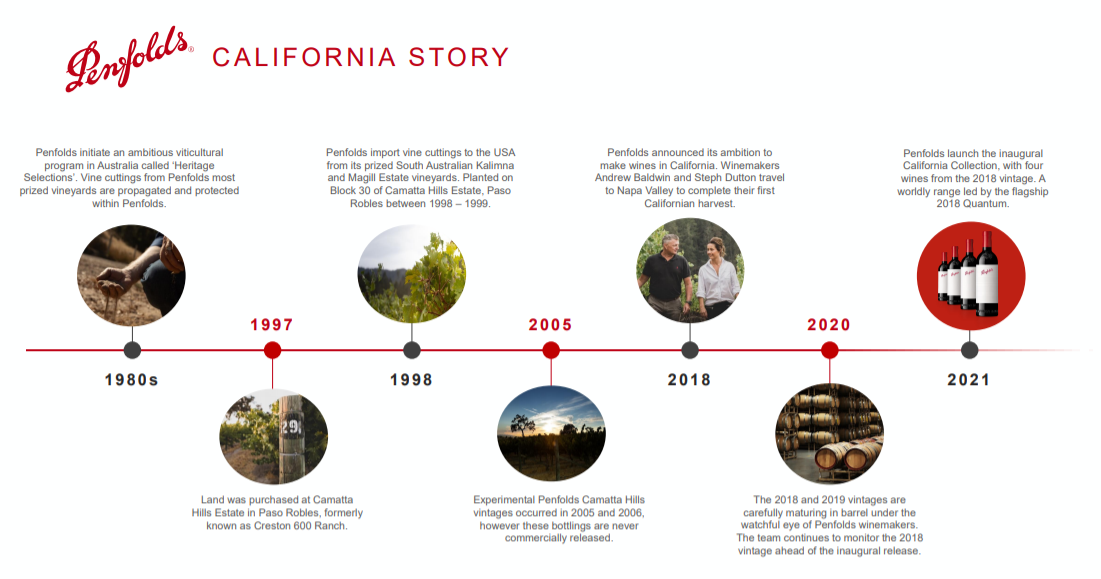 2018 Bin 704 Cabernet Sauvignon
2018 Bin 704 Cabernet Sauvignon
